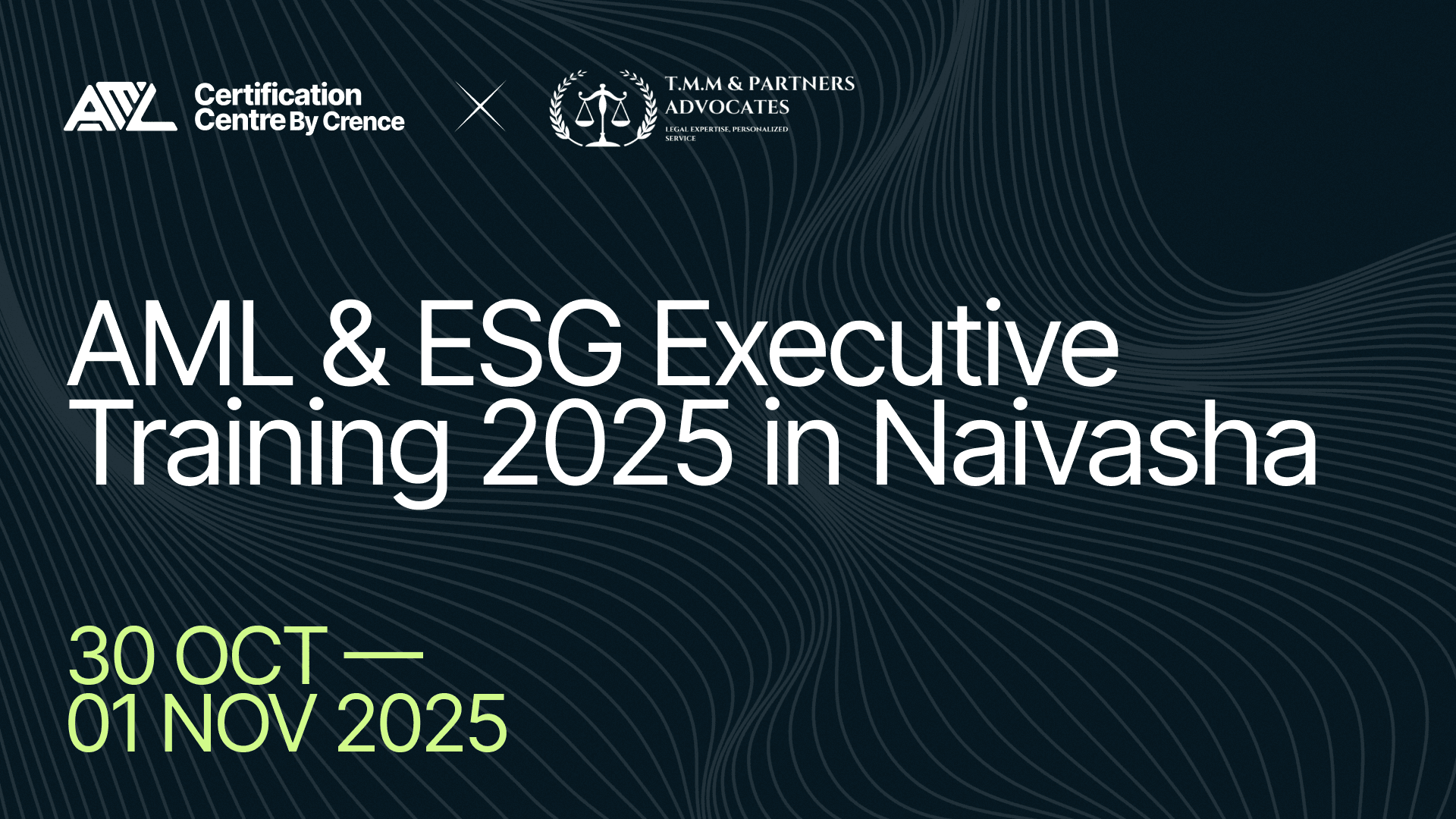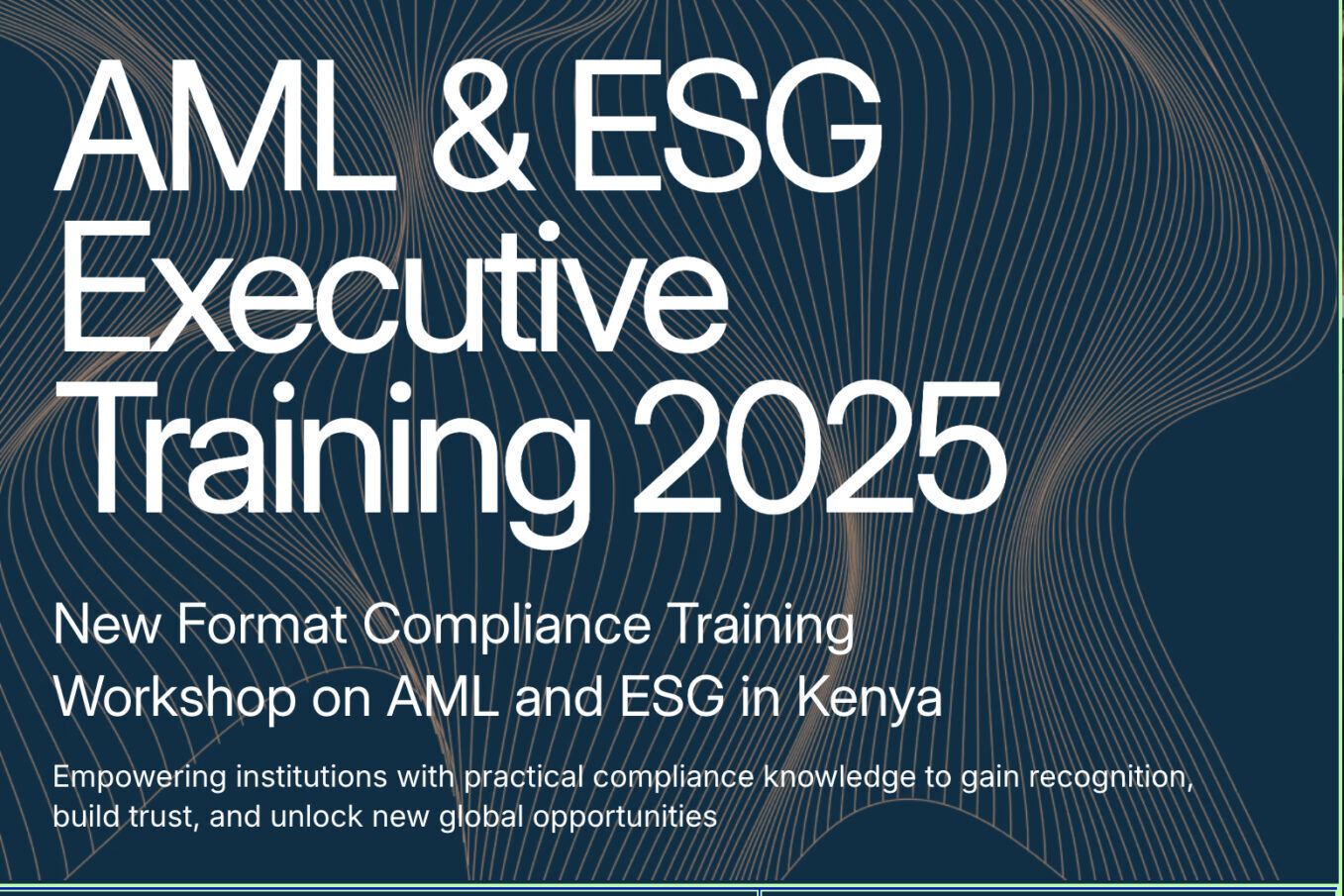Staying in line with rules is a big deal for banks today. If they slip up, it can cost them a fortune. In 2020, financial institutions got hit hard, facing fines totaling $11.39 billion for not following the rules. Big players like Goldman Sachs, Wells Fargo, and JP Morgan Chase coughed up $7.50 billion of that sum. It shows that even the top dogs aren’t safe. Messing up with bank regulatory compliance can mean huge losses, especially because regulatory requirements in the world have gotten strict.
What is Banking Compliance?
Compliance in banking is when financial institutions set up their rules and ways of doing things to match the rules they must follow. This includes obeying local and global laws and rules from financial agencies, whether they’re from the local government or international bodies.
Banking compliance ensures that financial institutions follow legal and regulatory guidelines. Professionals with certifications like the AML Foundations Course or AML Foundations Banking can develop and implement these processes to minimize risks.
The Importance of Compliance in Banking
Compliance is a big deal because it shields a bank’s reputation and how it runs. If a bank gets robbed or used for shady stuff like money laundering, it messes up how smoothly the bank works. Plus, it breaks the trust of customers, governments, and the folks who make the rules. This can mean getting slapped with fines, losing customers, and facing serious legal trouble.
But it’s not just about one bank. When financial institutions don’t play by the rules, and shady stuff happens, it hurts the whole financial system. If too many banks are up to no good, everyone doubts financial institutions in general. Even the good guys following the rules might suffer because trust in banks goes down. That could mean less business for everyone, even the banks doing things the right way.
Evolution of Compliance
The world of banking has always had rules to follow, but nowadays, banks are putting more and more money into their compliance departments. A compliance department in banks is one of the most important departments today. Some say it’s to keep up with ever-changing rules or to set up better ways of controlling things. Whatever the reason, one thing’s clear: making sure everything follows the rules is more important than ever.
Not too long ago, the usual way of handling compliance in a bank was to have it there to ensure everything was legal. It was like having someone around to give advice, not focusing on managing or identifying risks. But in today’s world, things are different. With technology doing a lot of the work and the world getting more connected, understanding and following regulatory requirements is super important.
Even though many financial institutions, big and small, have some kind of compliance system, there are still big questions that need answers. These questions are important for getting the whole picture of regulatory compliance in banking right. The history of compliance has gone through lots of changes:
- Early days: Back in the day, rules were basic, mostly following local customs and laws.
- Central banks: Central banks started up in the 17th and 18th centuries, setting up more rules and regulating commercial banks.
- More rules: Around the late 19th and early 20th centuries, more formal rules came in, like the U.S. setting up the Federal Reserve System.
- Post-depression: After the Great Depression, the U.S. passed acts to stabilize the industry and set up insurance for deposits.
- Global rules: With the world getting more connected, international rules have become a big deal. The Basel Accords set standards for banking around the world.
- AML and CTF: Fighting money laundering and terrorism became a big focus in the late 20th century. Groups like FATF set standards to tackle these issues.
- Tech changes: The internet changed how financial institutions managed rules. They started using automated systems to monitor transactions and follow the rules efficiently.
- After the financial crisis: The big financial crisis in 2007-2008 led to many new rules to ensure it didn’t happen again.
- Protecting Consumers: More rules came in to protect people using financial services, reflecting the importance of consumer protection laws.
- Digital banking and fintech: The rise of digital banking brought new challenges, forcing banks to adapt their old online and mobile rules.
- Tech for bank compliance: New tech came up to help banks and regulators keep an eye on rules using technology.
- Cybersecurity rules: As cyberattacks grew, banks had to follow rules to keep customer data safe, addressing compliance risks associated with data protection.
- Green finance: There are new rules to encourage environmentally friendly finance, like the EU’s Sustainable Finance Disclosure Regulation (SFDR).
The world of rules keeps changing because of new laws, tech getting better, and the world economy shifting. Financial institutions are always tweaking their compliance policies to keep up with these changes and make sure they’re doing things right.
The Benefits of Bank Compliance
Compliance in banking comes with some big advantages:
- Stopping illegal activities: It shields banks from shady stuff, whether inside or outside the bank. This helps banks do their job right and meet their promises to the people they owe money to.
- Avoiding fines: Following the rules helps banks dodge fines from governments and regulators, saving them a ton of money.
- Keeping trust intact: It’s all about protecting a bank’s reputation. When a bank sticks to the rules, people trust them more, which means more business for the bank.
- Fighting wider crimes: Compliance doesn’t just stop financial crimes like money laundering; it also helps put the brakes on bigger crimes like illegal arms deals, human trafficking, or terrorism. By following rules, banks can cut off the money that fuels these crimes.
- Better risk management: Rules might seem like a hassle, but they’re there for a good reason. They help institutions avoid mistakes that could mess up their operations and make people lose trust in them.
On the flip side, not playing by the rules can hurt banks in many ways, as I’ll show you below.
Types of Compliance
Managing compliance becomes tricky when organizations have to navigate various layers of rules – state, federal, regional, and industry-specific regulations. To tackle this complexity, banks need to start by understanding the types of compliance rules that apply to them and then figure out the necessary controls to meet those regulatory requirements. Let’s break down the key types of compliance:
Risk Assessment and Management
Understanding the risks that laws address is crucial in bank compliance. The compliance team plays a big role in spotting and evaluating potential compliance risks that organizations might face. They’re now more proactive in managing risks rather than just pointing them out, emphasizing effective compliance risk management.
Tax Evasion Prevention
Fraudulent accounting practices can help dodge taxes. Compliance teams work on Know Your Customer (KYC) policies to verify the legitimacy of clients, ensuring they’re real and acting within regulatory standards.
Anti-Money Laundering (AML)
Customers might use fake identities or entities to hide illegal money. Compliance departments need to ensure customers are genuine and monitor transactions for any fishy patterns indicating money laundering or other fraudulent activities.
Data Security
Protecting sensitive information about the bank and its customers is vital. Breaches can lead to identity theft, financial loss, or manipulation of bank systems, raising issues related to the general data protection regulation (GDPR).
Internal Controls
Compliance teams ensure legal compliance and enforce ethical standards within the bank. They train employees on the rules in place, establish reporting systems for ethics breaches, and work to maintain a culture of compliance within the organization.
Consequences of Non-Compliance

Regulatory compliance is vital because not following the rules can lead to serious consequences for a bank:
- Compromised operations: Without proper controls, a bank is vulnerable to theft of money or sensitive data, disrupting its operations, either due to external attacks or internal misuse.
- Regulatory fines: Governments and regulatory bodies can impose fines on non-compliant organizations, aiming to discourage non-compliance among them and others in the banking industry.
- Civil and criminal liability: Non-compliance can result in civil lawsuits for failing to safeguard consumers’ assets. In extreme cases, if a bank is complicit in financial crimes due to non-compliance, its leadership might face jail time. The bank might face harsher regulations or even lose its license.
- Sanctioning: Organizations involved in risky activities due to non-compliance might get added to sanction lists, making it tough to keep customers, especially internationally.
- Loss of trust: Non-compliance damages customers’ trust in a bank’s ability to manage their money, leading them to switch banks or, in extreme cases, causing panic runs to withdraw funds. This lack of trust can spread to other banks or even the whole financial system.
So why does non-compliance happen? Well, part of the reason is the high cost of compliance operations. Compliance can be expensive, leading some banks to cut corners.
How Can Organizations Stay Compliant Effectively?
In an industry where rules keep changing, adapting quickly is crucial to avoid being non-compliant, which can be seriously damaging. Luckily, there are reliable practices banks can follow to stay on the right side of regulations.
- Solid policies and procedures: Clear, updated policies and procedures are the backbone of compliance. They should show a commitment to following rules, define responsibilities, and guide how to meet regulatory demands.
- Compliance-oriented culture: Leadership sets the tone for a culture that values compliance. Regular training at all levels helps embed this culture in the organization.
- Tech and automation: Using tech, like compliance software, streamlines tasks such as Know Your Customer (KYC) checks. Automation reduces errors, boosts efficiency, and keeps compliance consistent.
- Stay updated: Regulations change a lot. Financial institutions must stay informed, communicate with regulators, and quickly adapt to new rules.
- Regular risk checks: Assessing risks helps banking organizations spot compliance weak spots. It helps decide where to focus efforts and resources. Doing these checks regularly keeps banks proactive.
- Effective monitoring and audits: Continuous monitoring and internal audits help catch problems early. External audits by experts also provide valuable insights.
- Protect customer data: Safeguarding customer data is a legal and ethical duty. Banks need strict data protection and cybersecurity measures to keep customer info safe.
- Sustainable finance: Organizations should explore eco-friendly practices and follow environmental, social, and governance standards rules.
- Promote ethical practices: Strong ethical codes discourage bad behavior and encourage integrity. Banks should have systems for confidentially reporting violations.
- Engage with regulators: Positive relationships with regulators can make regulatory compliance in banks smoother. It helps in seeking guidance and clarification when needed.
Following these strategies helps to follow the rules and maintain reputation, customer trust, and financial stability.
What Are the Best Ways to Manage Compliance Costs?
Amidst shifting compliance rules, instead of creating new systems, banks can optimize existing processes and financial tools for better compliance. Integrating these processes, automating tasks, and leveraging technology can enhance efficiency without huge capital investments.
To manage compliance costs effectively:
- Leverage technology: Use compliance management software and AI tools to automate tasks like data collection, boosting accuracy and efficiency.
- Outsource non-core tasks: Consider outsourcing compliance tasks to specialized firms for cost optimization.
- Focus on risk: Channel resources to high-risk areas and scale efforts where risks are lower.
- Invest in training: Comprehensive training reduces the risk of costly compliance mistakes.
- Collaborate: Share best practices with peers and institutions for insights into cost-effective compliance.
- Regular audits: Conduct periodic audits to identify inefficiencies and reduce costs.
- Streamline processes: Simplify workflows to eliminate redundancies and adopt efficient practices.
- Data analytics: Use analytics to spot potential compliance issues and take proactive measures.
- Negotiate with vendors: Negotiate favorable terms with compliance-related vendors for cost savings.
- Stay updated: Proactively monitor and adapt to regulatory changes to avoid expensive retroactive measures.
- Develop in-house expertise: Build in-house regulatory knowledge to reduce reliance on external consultants.
- Optimize reporting: Streamline reporting processes using software for efficiency gains.
- Enable self-service: Implement customer self-service options for compliance-related tasks.
- Long-term strategy: Develop a comprehensive long-term compliance strategy focusing on cost efficiency and resource allocation.
Financial organizations often struggle to manage both compliance and costs. Yet, using these strategies and keeping an eye on changing rules can help banks cut compliance expenses while sticking to important regulations.
To combat financial crime and ensure compliance, specialists must continuously improve their skills and knowledge. Certifications like Certified Anti-Money Laundering Senior Specialist help experts stay ahead of regulations and safeguard their institutions.









